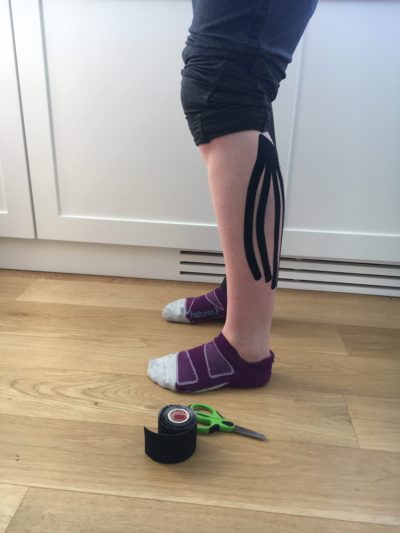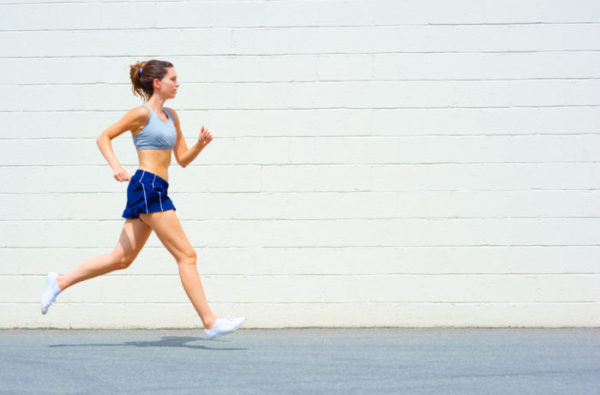All about Kinesiotape

Athletic tape is a widely used tool during physical therapy and exercise for decades. If you’ve had this applied to yourself, you’ve probably been questioned by friends and family about it’s purpose and benefits. Kinesiology tape (k-tape) is one type of athletic tape that differs from others in that it is elastic, gentle on the skin, and can be tailored to the individual and the application area. It’s been used widely in sports (NFL, basketball, tennis) and seen in events such as the Olympics. Kinesiotape has been customized for teams, countries with various color and pattern options available.
How does it work?
Theories:
1. Kinesiotape can improve pain the same way that rubbing a hurt area can alleviate pain. This is called the gate control pain theory, which provides temporary relief.
2. It can improve blood flow, healing, and range of motion by slightly lifting the skin, bringing space to an inflamed tissue.
3. K-tape can facilitate natural or optimal movement without impeding any range of motion, as it is more flexible than other kinds of athletic tapes.
4. It can improve your awareness of your joints and muscles. By having tape on the skin, it can bring your attention to that area of your body, either consciously or subconsciously. This can gently alter how you move and function during daily activities. So, k-tape can act as a reminder of proper movement patterns throughout your day.
Depending on the manner in which the tape is applied, it can promote efficient and pain-free movement patterns and posture. It can also facilitate or inhibit various muscle groups and provide mechanical support for muscles without inhibiting range of motion.
Evidence
Current scientific research is unclear on why and how Kinesiotape works. More research continues to be done to justify and warrant its use. What scientists do know is that once kinesiotape is applied to a body part, for example the knee, the region within the brain that is associated with the knee becomes more active and is more aware of everything happening to the knee including the muscles that control and influence all knee movements. Circulation to the knee improves and issues such as increased swelling or bruising have been shown to be more diminished with the use of Kinesiotape. Until research catches up with what is seen clinically, there is no harm in using Kinesiotape as an adjunct to physical therapy, when it’s used appropriately.
References:
1. Kinesiology Tape Info Center. Kinesiology tape info website. http://www.kinesiologytapeinfo.com. Accessed October 24, 2017.
2. Physiological Effects of Kinesio Taping. Core Spine and Sports Center website. http://corespineandsportscenter.com/physiological-effects-of-kinesio-taping. Accessed October 24, 2017.
3. Parreira PC, et al. Current evidence does not support the use of Kinesio Taping in clinical practice: a systematic review. J Physiother. 2014; 60(1): 31 – 39. http://www.journalofphysiotherapy.com/article/S1836-9553(14)00009-5/fulltext. Published March 2014. Accessed November 8, 2017.







